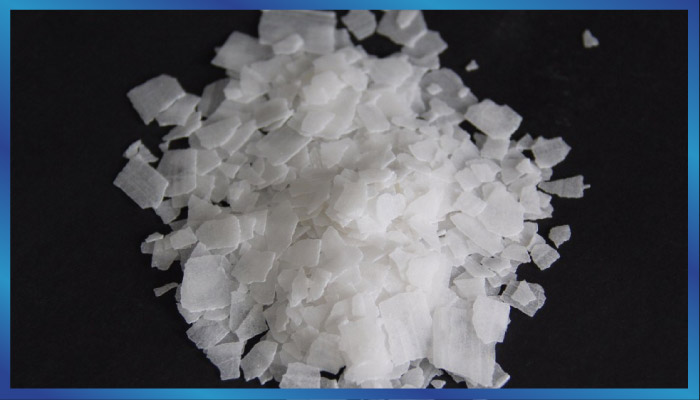The term “bitumen” refers to the tar-like petroleum deposits found in oil sands. Generally, this thick, black, viscous crude oil must be heated or diluted with hydrocarbons before it will flow. The terms “bitumen” and “bitumens, oxidized” may be used
interchangeably with “asphalt” and “asphalt, oxidized”, respectively . Other synonyms for bitumen are “Asphaltic bitumen”,
“Asphaltum”, and “Petroleum asphalt”. When sold in its natural state, bitumen is used only for road paving; it must be processed rigorously for use in gasoline and diesel fuel production.
Bitumen is classified as follow:
1) Bitumen 60/70 (CAS # 8052-42-4) has undergone a non-destructive distillation process during petroleum refining.
2) Extracts of steam-refined and air-refined bitumens (CAS # 64742- 93-4) have been oxidized by blowing air through at elevated temperatures, to produce desirable properties for industrial use in paving and roofing.
Bitumen is generally composed of aliphatic compounds, cyclic alkanes, aromatic hydrocarbons, and heterocyclic compounds. It is thought that fumes produced by heating asphalt at high temperatures are more likely to generate carcinogenic polycyclic aromatic compounds (such as benzo(a)pyrene) than fumes produced at lower temperatures. The chemical composition of asphalt depends on both the petroleum source and the manufacturing process (7), making it difficult to identify the specific component(s) responsible for adverse health effects in exposed workers (20). Extracts of steam-refined and air-refined bitumens (Bitumens, oxidized bitumen) have been classified by IARC as group 2B carcinogens, possibly carcinogenic to humans, with evidence from animal studies showing an increase in tumours at the site of injection in rats and mice, and tumours following skin application in mice (2). IARC has classified Bitumens as Group 3 – not classifiable as to their carcinogenicity to humans. Although there is some indication of increased cancer rates (including lung, oral & skin) in humans, epidemiological studies have been inconclusive due to concomitant exposure to coal tar pitches and other materials in roofing and paving asphalts (2,7). IARC has scheduled a review of asphalt and roofing activities.
Other adverse health effects following exposure to asphalt may include eye, respiratory system and skin irritation (7, 20). Dermal burns can occur when handling hot asphalt. Bitumens and extracts of steam refined and air-refined bitumens have been ranked by CAREX Canada as Group A (immediate high priority) for occupational settings and as Group B (possible high priority) for environmental settings. Prioritization was based on the carcinogenicity and other toxic properties of the substance, the prevalence of exposure in Canada, and the feasibility of assessing exposure.
Main Uses
- The majority of asphalt produced in the US by bitumen suppliers is used in paving and roofing operations; only about 1% is used for waterproofing, damp-proofing, insulation, and paints.
- Other uses for bitumen produced by bitumen manufacturers are in hydraulics, to protect metals against corrosion, and in electrical laminate adhesives, synthetic turf bases and sound insulation materials.
- More than 80% of bitumen is used in various forms of road construction and maintenance.
Alberta’s oil sands are one of the world’s two largest sources of bitumen (14), amounting to an estimated 269 billion cubic metres. The oil sands underlie 140,200 square kilometres (23) and occur mainly in three regions: Athabasca (Fort McMurray), Peace River, and Cold Lake (North of Lloydminster).



